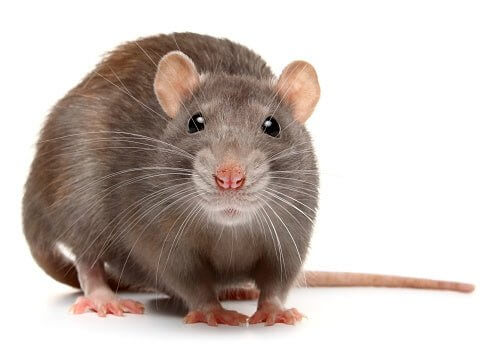Rats are one of the most common and persistent pests in both agricultural and domestic environments. These small rodents can cause a wide range of problems, making it essential to control their populations to prevent damage to crops, structures, and health. Here are several reasons why rats are considered pests and why they need to be controlled in agriculture and homes.
First, rats are notorious for their destructive nature. They have sharp teeth that never stop growing and will gnaw through anything in their path, including electrical wiring, insulation, and walls. In agriculture, rats can cause significant damage to crops, fields, and storage facilities. They feed on seedlings, mature crops, and stored grains, causing a significant loss of yield for farmers. In homes, rats can cause damage to property, including destruction of furniture, walls, and floors.
Second, rats carry a variety of diseases that can be transmitted to humans and livestock. They are known to carry and spread diseases such as leptospirosis, Salmonella, and Hantavirus. These diseases can have severe health consequences and can even be fatal. In agricultural settings, rats can also contaminate food and feed with their urine and droppings, making it unsafe for human consumption.
Third, rats are prolific breeders and can quickly establish large populations in a short period. This makes it challenging to control their populations and requires a comprehensive approach that includes removal of food sources, exclusion, and baiting. In agriculture, farmers must take proactive steps to prevent rat infestations, such as proper storage of crops and feed, and regular monitoring for signs of rat activity. In homes, exclusion measures such as sealing cracks and gaps in walls, foundations, and rooflines, and removing clutter from yards can help prevent rat infestations.
Finally, rats are intelligent and adaptable animals that can quickly develop resistance to baits and poisons. This means that controlling rat populations requires a multi-faceted approach that includes a combination of exclusion, baiting, and trapping. In agriculture, farmers may also use cultural methods such as crop rotation, planting resistant crops, and removing weeds and grasses that provide cover for rats. In homes, it is important to follow label instructions when using baits and poisons, and to avoid leaving food out overnight or in easily accessible places.
In conclusion, rats are a major pest in both agricultural and domestic environments and can cause significant damage to crops, structures, and health. To effectively control rat populations, a comprehensive approach that includes exclusi3on, baiting, and trapping is necessary. By taking steps to prevent and control rat infestations, we can help protect our food supply, property, and health.




